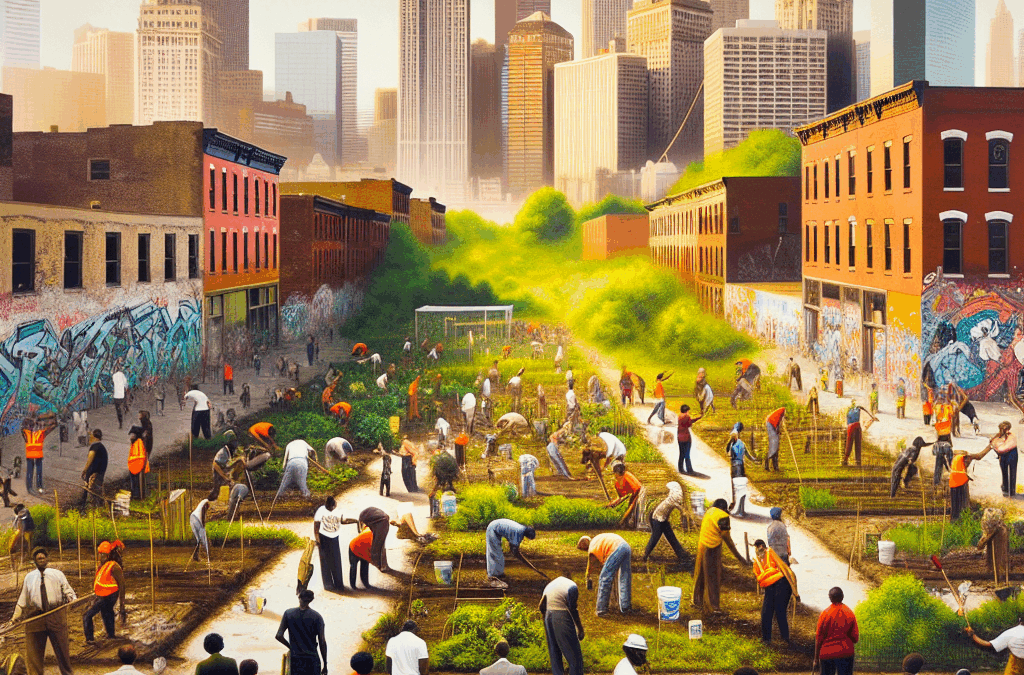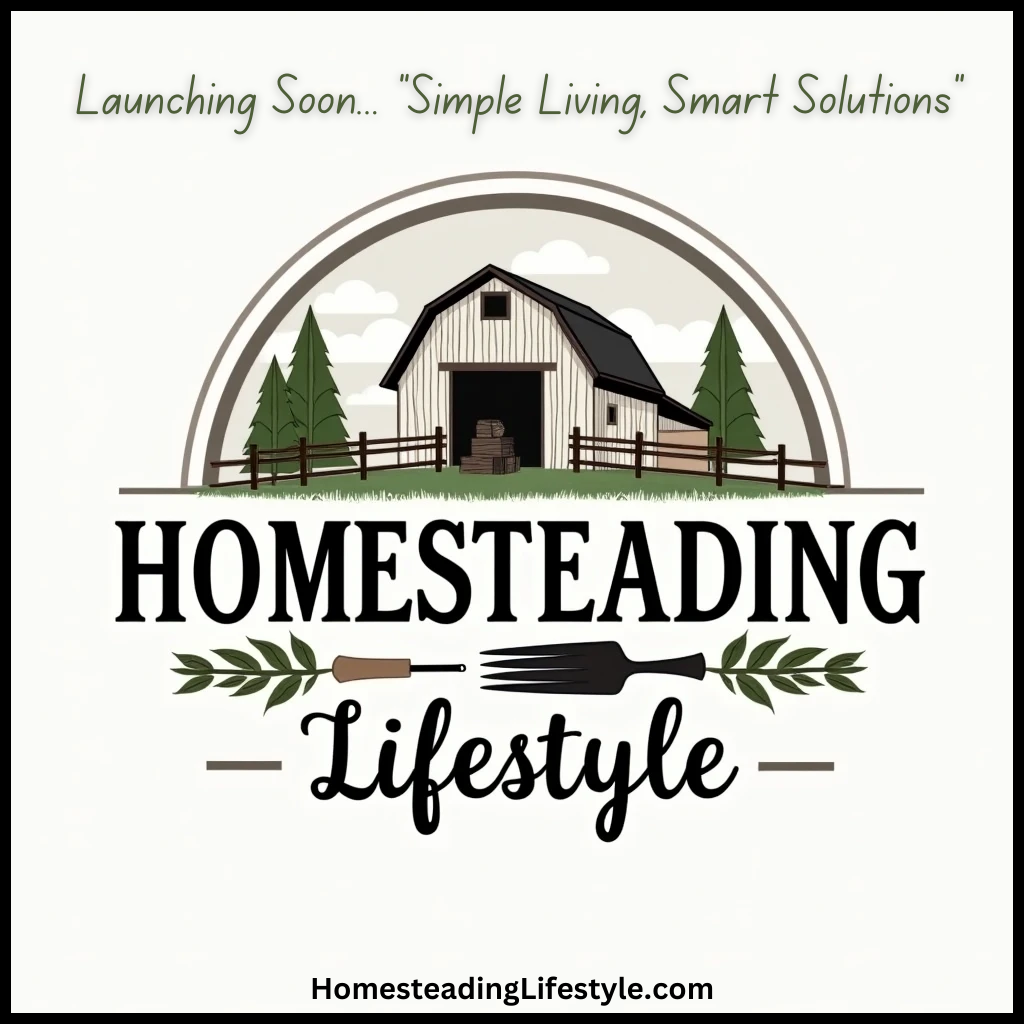Community Engagement and Support
Understanding Community Needs
When diving into any project aimed at revitalizing urban areas, the first thing I’ve learned is that you can’t skip understanding what the community really needs. I had this light bulb moment when I realized that each community has its unique flavor and challenges. So, getting out there, talking to folks, and actually listening is paramount.
One effective way I found to gather this kind of intel was through surveys and town hall meetings. By reaching out, you not only get a sense of what people want but also build trust. No one wants a stranger barging in and telling them what they need!
Engaging with the community also helps in uncovering local talents and resources. You might be surprised at how many passionate individuals you come across who are eager to contribute to the beautification and revitalization of their surroundings.
Building Partnerships
Once I had a grasp of the community’s needs, the next step was forming partnerships. Trust me, this is where the magic happens! Collaborating with local businesses, NGOs, and even schools creates a more robust network to leverage resources.
Through my experience, I learned that local businesses often have a vested interest in the revitalization because it can lead to increased foot traffic and sales. So, proposing mutually beneficial partnerships can really rally the community around a common vision.
Also, don’t overlook governmental organizations. While they can seem bureaucratic, there are often grants and support programs out there just waiting to be tapped into. The key is to cultivate those relationships over time.
Volunteer Initiatives
Let’s not forget the power of volunteers! Engaging community members in hands-on projects has been one of the most rewarding aspects of providing revitalization. It’s amazing how much enthusiasm can sprout from doing small, meaningful tasks together.
I’ve found that organizing events like clean-up days or community gardens not only beautifies the area but also instills a sense of ownership among its residents. People are more likely to take pride in spaces they’ve helped create.
Plus, it creates a wonderful opportunity for networking, where neighbors start talking to each other and new friendships blossom. It’s like watching a community come alive, and that’s really fulfilling!
Innovative Housing Solutions
Affordable Housing Initiatives
One of the pressing issues in many urban areas is the need for affordable housing. From my experience, these initiatives not only provide shelter but also contribute to the social fabric of the community. I remember working on a project where we transformed an old warehouse into affordable apartments, and the excitement it generated was palpable!
We got a crew together to brainstorm and design innovative living spaces that were functional and cozy. The key is to think outside the box and utilize the existing structures as much as possible. The result? A revitalized space that people loved to call home.
Furthermore, offering community-oriented services, like workshops or childcare, in these housing projects can significantly enhance living standards while fostering a vibrant neighborhood.
Energy-Efficient Homes
In today’s world, sustainability is the name of the game. When developing housing solutions, integrating energy-efficient designs has proven to be a hit. I’ve seen how small changes, like incorporating solar panels or green roofs, can greatly reduce utility costs for residents.
Not only does this attract eco-conscious tenants, but it also helps in building pride within the community about their sustainable efforts. Honestly, who doesn’t want to live in a place that shows care for the environment?
We even ran a community workshop to educate residents on maintaining these energy-efficient homes, which fostered a sense of empowerment while reinforcing the commitment to sustainability.
Co-Housing Models
Another innovative approach I’ve recently explored is co-housing. It’s like living in harmony with your neighbors! Picture this: multi-family units where families share communal spaces while having their own private areas.
This model not only enhances community bonds but also cuts down costs for residents. I’ve had the pleasure of watching these projects flourish, as they promote cooperation and a sense of togetherness—something that’s often missing in traditional housing.
Moreover, co-housing models can encourage resource-sharing, whether it’s tools or even child care, making life a bit easier for everyone involved!
Sustainable Urban Agriculture
Community Gardens
One of my absolute favorite projects has been community gardens. These vibrant spots not only provide fresh produce but also create a gathering place for residents. Remember that feeling of planting your first seed? It’s the same with fostering a gardening community; the excitement is contagious!
We had such a blast organizing workshops on gardening techniques and healthy eating, and the joy of sharing harvests together really brings people closer. Plus, having green spaces improves air quality and overall well-being, making it a win-win.
Getting schools involved is also a great way to educate younger generations on where their food comes from. Many kids have a blast getting their hands dirty, and it helps them develop a fondness for “real” food.
Urban Farming Initiatives
As I delved deeper into sustainable agriculture, urban farming became a focus. It’s fascinating how you can transform neglected plots of land into productive farming spaces. One project I was part of turned a vacant lot into an urban farm that supplied fresh vegetables to local restaurants; talk about success!
Urban farming isn’t just about food; it’s about creating local jobs and stimulating the economy. Residents got involved in farming, learning new skills, and making connections that uplifted the community.
And let’s not overlook the educational aspect. Running programs for schools and local organizations helps spread awareness about food sustainability and can inspire even more community engagement.
Food Co-ops
Establishing food co-ops is another enriching way to support local agriculture while offering affordable options for residents. It’s all about bringing people together under a shared vision of better food access!
When I got involved in launching a small food co-op, the excitement was palpable. Residents came together to stock the shelves with local goods, and it created a beautiful sense of collaboration. Each product had a story, and people loved being part of something larger than themselves.
These co-ops can often thrive while creating a sense of responsibility and accountability among members. They instill community ethics and shared values that translate into a stronger urban fabric.
Infrastructure Development
Improving Public Transport
One of the biggest hurdles for urban revitalization is transportation. From my expertise, improving public transport links can dramatically affect accessibility and spur economic growth. I’ve seen how a simple bus route extension can lead to a bustling marketplace blossoming!
Integrating different transport modes, like bike-sharing, adds extra layers of convenience. Mobility is key, and if people feel they can get around easily, they’ll venture out more, contributing to the local economy.
When working on public transport projects, collaborating with transportation authorities made a clear difference in creating a backbone for a vibrant urban space. Ultimately, convenience encourages exploration!
Enhancing Public Spaces
Revitalizing urban areas wouldn’t be complete without considering public spaces. Parks, plazas, and sidewalks can make or break a neighborhood’s ambiance. I recall working on a project where we refurbished an old park, adding benches, lighting, and a few flower beds that turned it all around.
Inviting community feedback during these planning stages created a result that people were excited about. Some even felt empowered to volunteer for upkeep, which only deepened the local connections.
These public spaces become venues for events, markets, and casual gatherings. It’s all about creating locations where community members feel welcome and engaged.
Smart City Technologies
In this digital age, adapting smart city technologies is essential for urban revitalization. From my experience, implementing tech solutions improves city efficiency and enhances residents’ daily lives. Things like smart traffic lights and Wi-Fi hotspots can make a significant difference!
When I was involved in a project that integrated smart lighting, it really cheered up the local folks. They appreciated the safety and sustainability aspect of these solutions, reinforcing a sense of community well-being.
The coolest part about smart city tech is its capacity for data collection, which helps municipal agencies make better decisions moving forward. Plus, residents love being part of a forward-thinking initiative that embraces innovation!
Economic Development Initiatives
Supporting Local Businesses
Revitalizing a community means putting local businesses in the limelight. From my hands-on experience, creating incentives for people to shop locally not only supports entrepreneurs but also strengthens the economy overall. It’s all about rallying support and pride!
We organized “shop local” campaigns, and believe me, the energy was contagious! I watched as people turned out to explore hidden gems in their areas that they hadn’t even known existed.
Sparking that enthusiasm can lead to increased foot traffic for small businesses, creating a thriving urban atmosphere. Everyone benefits from a robust local economy, so remember to keep those businesses close to heart!
Job Training Programs
Establishing job training programs is crucial for more than just economic growth. It lifts residents up too. In my work, I’ve overseen various initiatives that help folks acquire new skills and improve their employability, making a real difference in their lives.
By collaborating with local employers, we tailored programs that directly addressed skill gaps they faced. The win-win of it all is unmatched—businesses got skilled workers, while residents gained career advancement opportunities.
And honestly, seeing someone land their dream job is one of the most rewarding experiences. It creates this ripple effect of positivity that feeds into the community, making it even more attractive.
Attracting New Investments
If there’s one thing I’ve learned about urban revitalization, it’s that attracting new investments is key. Having a solid strategy in place to pitch the benefits of investing in your urban area can spark significant change.
I remember presenting to potential investors about the strides we’d made in community engagement and infrastructure improvements as part of my revitalization plan. The interest generated was overwhelming!
Fostering those valuable investor relationships can lead to sustainable growth, bringing new jobs and opportunities. It’s all about painting the picture of what the future holds for the urban landscape while showcasing its potential.
Conclusion
Revitalizing urban areas with homestead projects isn’t just about buildings or gardens; it’s about nurturing vibrant communities filled with opportunity, collaboration, and growth. I’ve witnessed firsthand the incredible transformation that can take place through collective efforts, innovative housing solutions, and sustainable practices. So if you’re considering diving in, remember it’s all about engaging with the community, thinking creatively, and fostering connections that uplift everyone. Let’s get to work!
FAQ
1. What are homestead projects?
Homestead projects are community-based initiatives aimed at improving urban areas through sustainable living solutions, affordable housing, and engaging local residents in revitalization efforts.
2. How can I get involved in revitalizing my urban community?
You can start by reaching out to local organizations or joining community meetings. Volunteering for clean-up events or gardens is also a great way to contribute.
3. What are some benefits of community engagement in revitalization projects?
Community engagement fosters trust, encourages participation, and leads to projects that truly meet the needs and desires of local residents, creating a more successful revitalization effort.
4. Why is sustainable agriculture important in urban settings?
Sustainable agriculture helps improve food access, provides fresh, local produce, enhances community bonds, and contributes to overall urban sustainability.
5. How can local businesses benefit from urban revitalization efforts?
Revitalization efforts can lead to increased foot traffic, stronger community connections, and a more vibrant local economy, which ultimately results in greater sales and growth for local businesses.





